You’ve got your guitar in hand, but what to do with those hands? We are going to break down all the major guitar chords and teach you how to play them. This simple and easy method will teach you the fundamentals in 20 minutes. We’ll teach you all the basic guitar chords for beginners.

Let’s start with our fingers. To the right, you’ll see that we have each finger numbered. This is so you can identify which fingers need to go where on our diagrams. We won’t be using the thumb, so just remember the digits from 1 to 4.
Where do I put my fingers?
Guitar chord charts have six vertical lines that represent the six strings of your guitar. Some guitars can have seven, even eight strings, but for now let’s focus on the basic six.
The first vertical line on the chart is your thickest string, also known as the E-string. If you are right handed and fingering with your left hand. The E-string is closest to your nose. When you don’t hold down on any frets, this plays an E note, or an open fret.
[tcb-script id=”mNCC” language=”javascript”]medianet_width = “600”;medianet_height = “250”;medianet_crid = “712534424”;medianet_versionId = “3111299”;[/tcb-script][tcb-script src=”//contextual.media.net/nmedianet.js?cid=8CU7GM763″][/tcb-script]
The chord chart goes in sequential order starting with E and moving from A (5th string) D (4th string), G (3rd string), B (2nd string), and last but not least, the thinnest string: e (1st string). You can distinguish the two E notes by an upper case or lower case E. The upper case E is your 6th string and a lower case e denotes the 1st string.
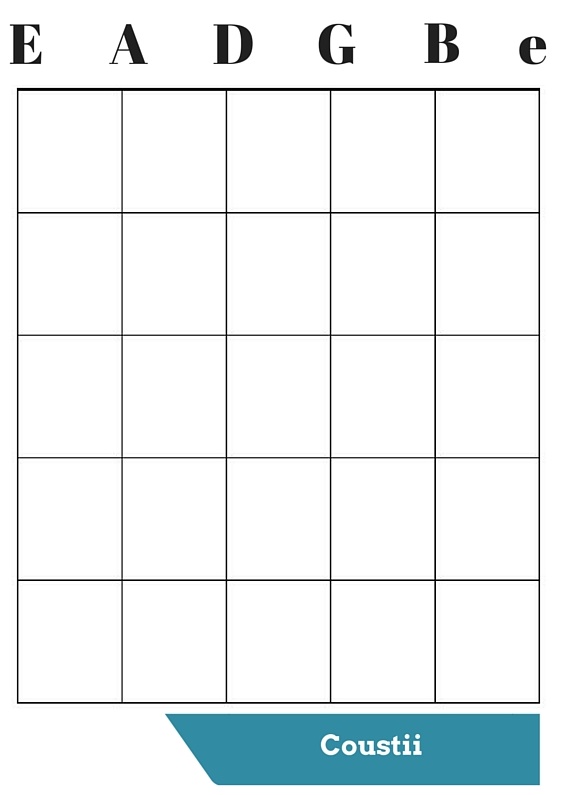
What do all these symbols mean?
We will use a blue circle to identify root notes. A root note is the name a scale is named after. For example on an A major scale, the root note is A. The music is centered or built from the identified root note.
The easiest and most used symbol is the black circle, which means to fret a note. Here, we’ll also put the number of the finger you use.
An open string will be a white circle on a guitar chart. The open strings are the notes at the top of the guitar chart, E, A, D, G, B, e. A funny way to remember the order is by saying: Easter Bunny Gets Drunk After Easter. Having these memorized will help you remember your finger placement.
We will put an “X” on the guitar chart where there is an unplayed string. This means that while you’re strumming, you won’t pick the “X’ed” string and skip over it.
We are going to use the “X” symbol again, but put a red circle behind it. This will identify your killed strings. You can use the back of your 1st finger to kill the string after you strum.
Check out our cheat sheet below. Once you have those memorized, we’ll get started!

What are the common chords?
The most common chords are going to be C-A-G-E-D. These are the first 5 open major chords. Get used to these, you’ll be seeing them a lot. The guitar chord charts are below.

The next batch of chords will be very useful to your playing. Am, Em, and Dm are the next 3 you need to memorize.
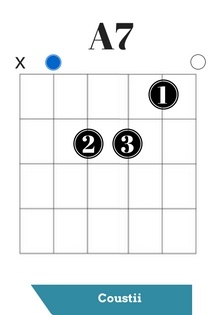
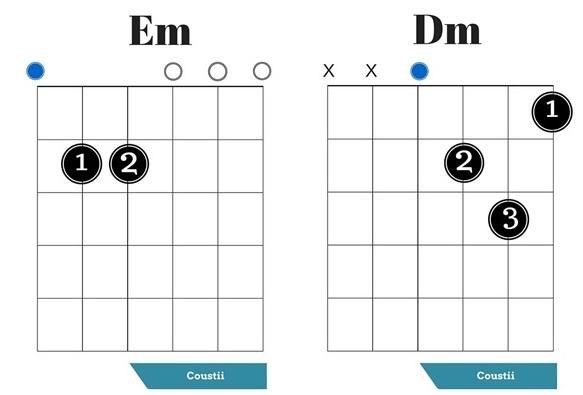
Now, you have 8 chords memorized! You can already play a hundred songs with just these chords. There are a ton of songs that have the chord progression: G-D-Em-C, or the I-V-vi-IV progression. A couple songs include, Soul Sister, by Train; Don’t Stop Believing, by Journey; and Teardrops on My guitar, by Taylor Swift.
[tcb-script async=”” src=”//pagead2.googlesyndication.com/pagead/js/adsbygoogle.js”][/tcb-script][tcb-script][/tcb-script]
What are some more difficult chords?
You’ve got those first 8 chords memorized, are you hungry for more? Let’s dig into some more tricky chords! The next two we’ll learn are Bm and F. With these chords we are now going to kill the string with the back of your 1st finger. Bm uses all four fingers, so get that pinky ready!
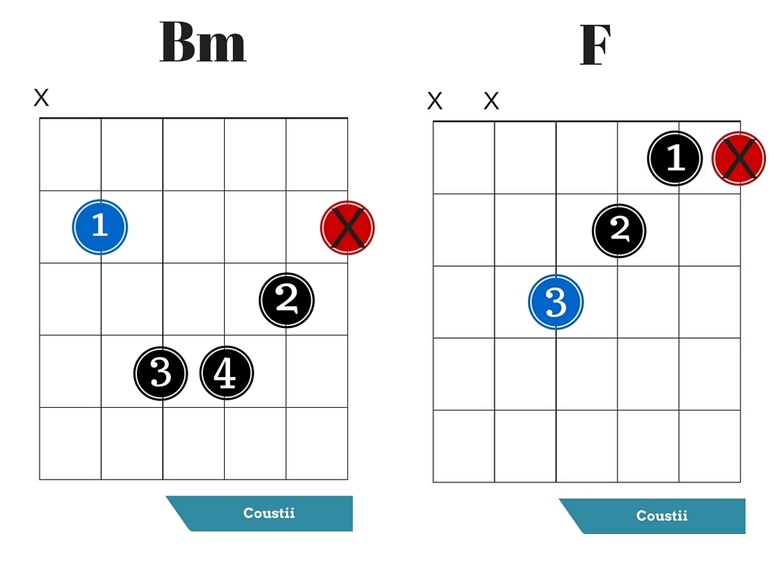
What are common versions of the F chord?
F chord is a difficult chord to learn, especially because there are so many versions. Some even call it the dreaded F. We are going to stick to just two of the versions, Fmaj7 and Fadd9. This will keep things simple and when you feel comfortable with all the chords you can dig into more F’s.

What are the 5 sus chords?
Sus, short for suspension chords, are very common in pop music. There are sus2 and sus4 chords. On sus2 chords, the third note is flattened. The opposite is true for sus4 chords, instead the third note is raised. If you ever see just “sus”, but no number, assume it’s a sus4.

What are the tricky 7th chords?
The first three 7th chords are slightly more challenging. Your fingers are going to be all over the fretboard. Here we go…
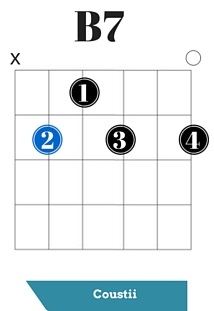


What are the Major 7th chords?
The Maj 7th chords are great for blues and jazzy music. They have a bright, fun sound. When you play the Dmaj7, lay your 1st finger across the three strings.
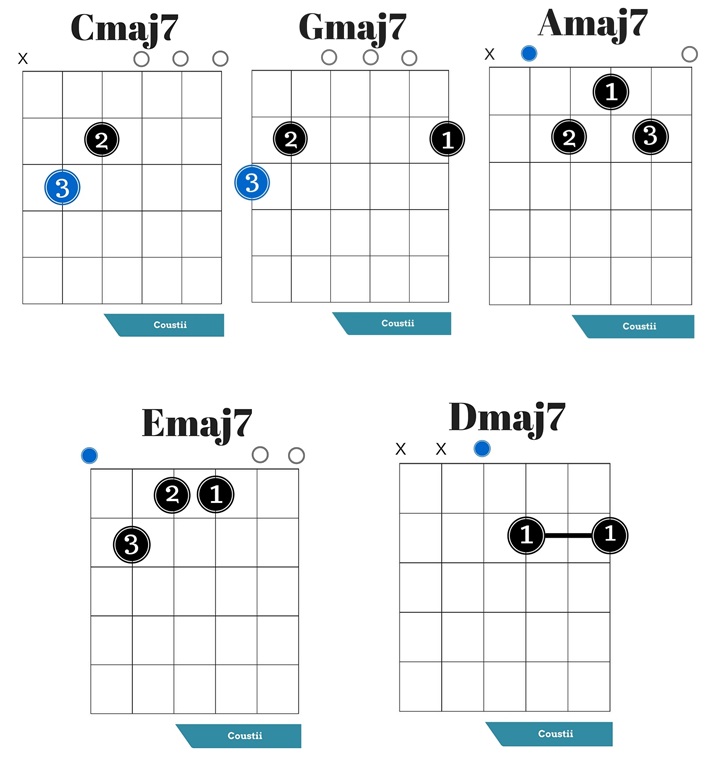 [tcb-script async=”” src=”//pagead2.googlesyndication.com/pagead/js/adsbygoogle.js”][/tcb-script][tcb-script][/tcb-script]
[tcb-script async=”” src=”//pagead2.googlesyndication.com/pagead/js/adsbygoogle.js”][/tcb-script][tcb-script][/tcb-script]
How do I play minor 7th chords?
The last chords we are going to cover in this article are the minor 7th chords. They are known to be very soulful. These chords will make your music softer and jazzier.
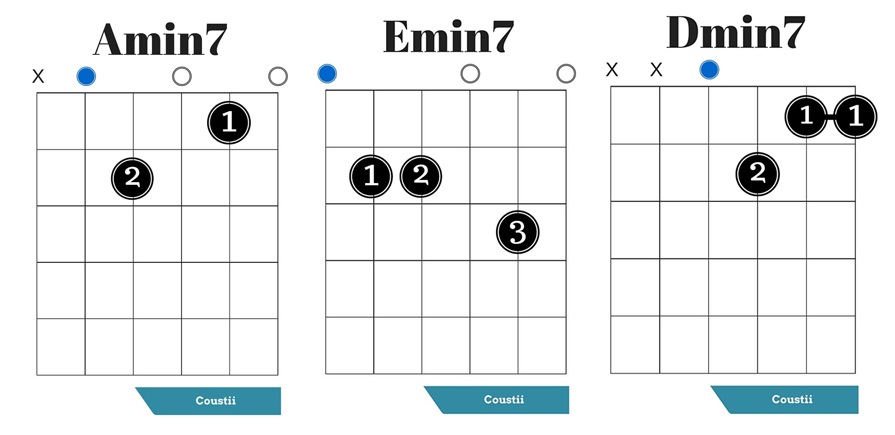
Wow, you made it!! You can now play 31 chords! That’s pretty impressive. Make sure to bookmark this page, so you can revisit and practice!
Here are more Coustii recommended sites:






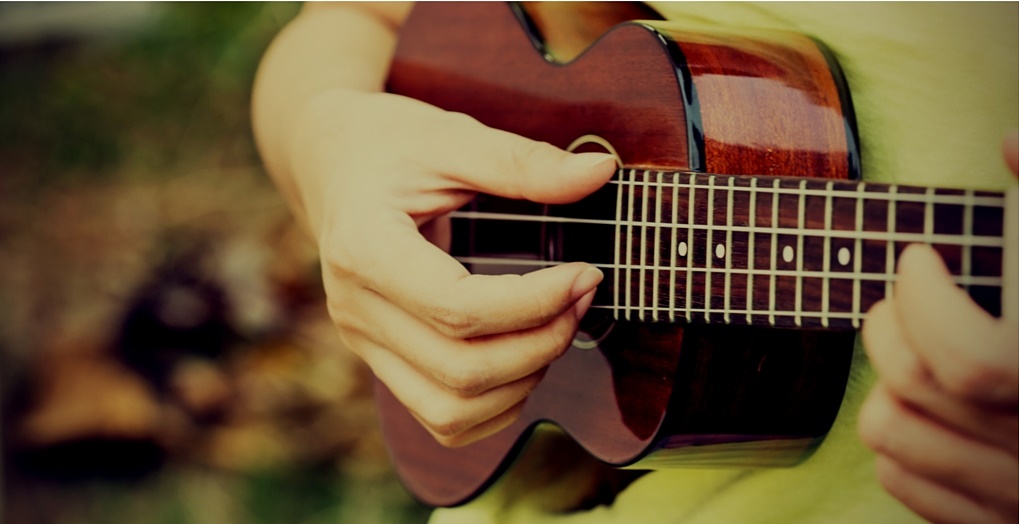

This is the best blog for learning guitar.